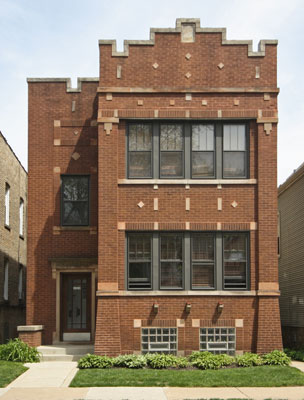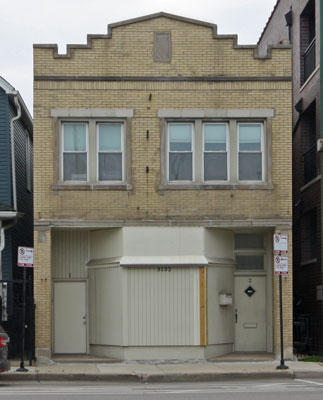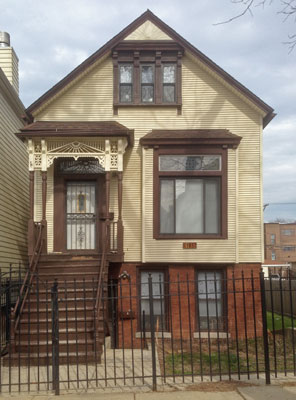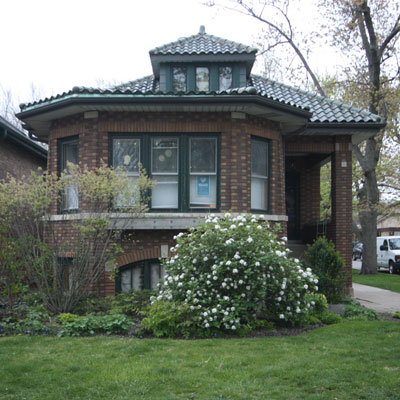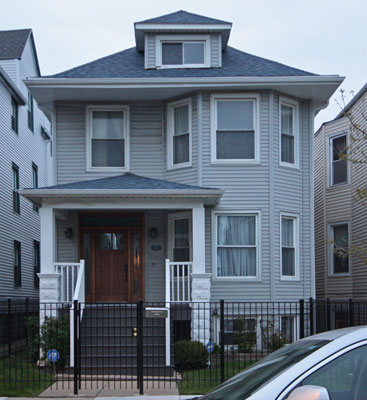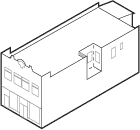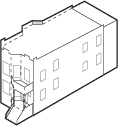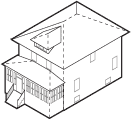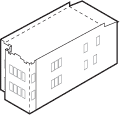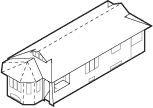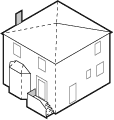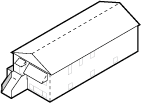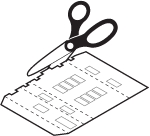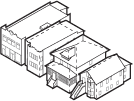Chicago has a grand history of interesting and important architecture. The engineering breakthroughs of the skyscraper were pioneered here and the urban canyons of downtown are still home to many historic towers. Near the lakefront, on Prairie Avenue and the Gold Coast, impressive and beautiful showpiece mansions were designed by famous architects for wealthy business owners. Nowadays visitors come from all over the world to see and experience the city's architectural marvels.
Away from downtown, out in the neighborhoods where the majority of Chicagoans live, the built environment consists of smaller-scale structures. These little landmarks of Chicgo's architecture may not be grandiose or famous, but they are no less important and meaningful for the people who live in them or pass by every day.
Vernacular architecture is a term for the humbler residential and commercial buildings built for middle-class and working-class building owners. Many were designed and built by craftsmen and construction workers without the design guidance of trained architects. Building techniques were learned and passed on from apprenticeships with other builders, rather than formal schooling. Though the builders may not be well-known or remembered nowadays, they created the attractive and useful buildings that still make up the unique physical character of much of the city.
Chicago lost untold numbers of its original houses and buildings to urban renewal and clearance for highways and other big projects during the 1950s - 60s. Protests against the demolition of Louis Sullivan's Garrick Theater and Stock Exchange in the 60s and 70s were unsuccessful but lead to the creation of historic preservation groups such as the Chicago Architecture Foundation. In the decades since then, many locals and tourists have come to treasure the city's historic downtown skyscrapers and grand homes built by famous architects. Meanwhile the smaller structures in the rest of the city often go unnoticed and unappreciated.
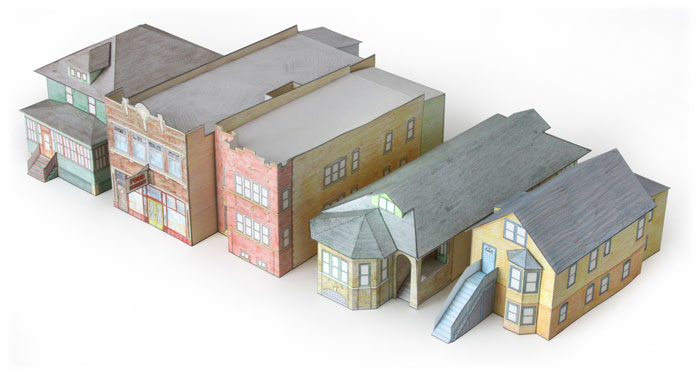
You can learn more about Chicago's neighborhood architecture by building these scale models of several common types of vernacular structures. What sorts of buildings are in your neighborhood? How similar or different are these models to the real houses on your block?
